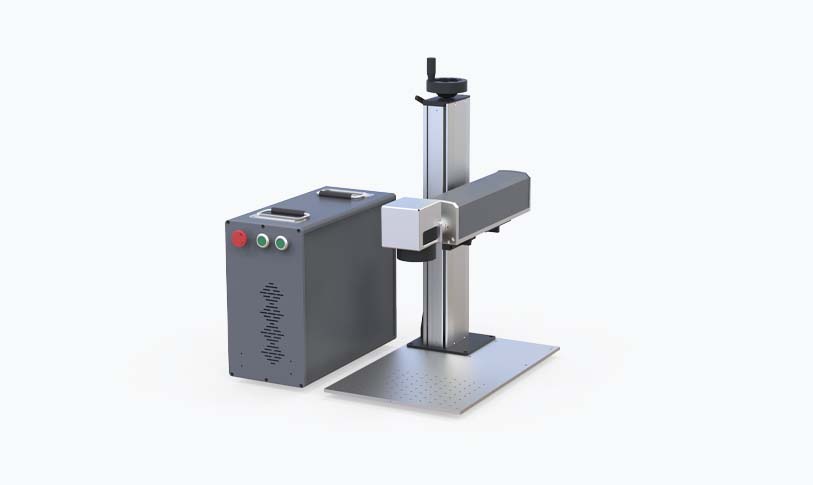****
In recent years, advanced laser technologies have revolutionized various sectors, including manufacturing, telecommunications, and healthcare. One such innovation is Laser NS (Nanosecond), known for its precision and versatility. The implications of this technology are extensive, impacting processes ranging from material processing to medical treatments. In this article, we will delve into the advantages, applications, and future potential of Laser NS technology.
What is Laser NS?
Laser NS refers to nanosecond pulse lasers, characterized by their ability to emit ultra-short light pulses on the order of nanoseconds (one billionth of a second). This precision allows for highly controlled energy delivery, making them suitable for various applications. The brevity of the pulse duration reduces the amount of heat transmitted to surrounding materials, minimizing thermal damage—a crucial feature for applications that require high precision.
Advantages of Laser NS Technology
1. **Precision and Control**: One of the primary benefits of Laser NS technology is precision. The ultra-short pulses allow for highly accurate cutting, engraving, and ablation of materials. This makes it particularly valuable in industries where exact measurement and execution are critical, such as aerospace, electronics, and biomedical fields.
2. **Reduced Thermal Impact**: The short duration of the laser pulse minimizes the heat affected zone (HAZ), allowing for operations that prevent warping, burning, or damaging sensitive materials. This feature is especially significant in medical applications, where surrounding tissues need to be preserved while treating specific areas.

Exploring the Benefits and Applications of Laser NS Technology in Modern Industrial and Medical Fields
3. **Versatility**: Laser NS technology can be used across a variety of materials, including metals, plastics, glass, and ceramics. This versatility makes it an ideal choice for industries that require diverse applications, from automotive manufacturing to semiconductor production.
4. **Speed**: The high-speed operation of Laser NS systems translates into faster processing times. This improvement in efficiency is crucial for industries striving to meet tight production schedules while maintaining high-quality standards.
5. **Cost-Effectiveness**: While the initial investment in Laser NS technology may be substantial, the long-term savings associated with reduced material waste, minimized post-processing, and enhanced production efficiency often outweigh the costs. Additionally, the technology’s reliability leads to lower downtime and maintenance expenses.
Applications of Laser NS Technology
Laser NS technology is being adopted in various fields, showcasing its innovative potential:

Exploring the Benefits and Applications of Laser NS Technology in Modern Industrial and Medical Fields
1. **Manufacturing and Material Processing**: Manufacturers are utilizing Laser NS for tasks like laser cutting, engraving, and marking. It allows for high-speed cutting of intricate designs in metals and plastics without compromising quality. The automotive and aerospace industries, in particular, benefit from Laser NS when producing complex components with tight tolerances.
2. **Medical Applications**: In the medical field, Laser NS systems are employed for procedures such as laser surgery, tattoo removal, and skin resurfacing. The precision of Laser NS enables surgeons to perform minimally invasive procedures, reducing recovery times and improving patient outcomes. Moreover, its capacity to vaporize tissue without excessive heat protects surrounding healthy tissues, significantly enhancing safety.
3. **Telecommunications**: As the demand for faster and more efficient data transmission continues to grow, Laser NS technology plays a crucial role in optical communications. It is utilized in the development of fiber optic systems, improving data transfer rates and lowering signal loss.
4. **Research and Development**: The scientific community is increasingly leveraging Laser NS technology for research applications. Whether in spectroscopy, material characterization, or micro-manufacturing, these lasers provide the precision and control needed for innovative research endeavors.
Future of Laser NS Technology
Looking ahead, the potential for Laser NS technology seems boundless. As advances in laser design and engineering continue, we can expect even more applications to emerge. Integration with automated systems and artificial intelligence may lead to enhanced operational efficiency and intelligent decision-making in manufacturing and medical procedures.

Exploring the Benefits and Applications of Laser NS Technology in Modern Industrial and Medical Fields
Moreover, ongoing research into new materials and techniques will likely expand the scope of Laser NS technology. As industries increasingly recognize the value of precision and efficiency, Laser NS may become a staple in technological advancements.
Conclusion
In summary, Laser NS technology represents a significant leap forward in precision and efficiency across various sectors. Its advantages in terms of control, thermal management, versatility, speed, and cost-effectiveness make it an invaluable tool in modern manufacturing and medical applications. As we continue to explore and innovate, the future of Laser NS technology promises even greater possibilities, driving advancements that could change how we interact with materials and enhance healthcare solutions for a better quality of life.laser cutter design software




